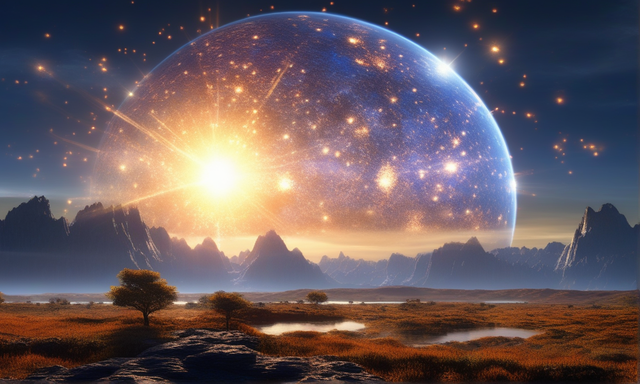Protons for the emergence of life.
Protons for the emergence of life.

Image created by me with AI
For Vladimir Airapetian, NASA stellar astrophysicist, he points out a new idea. He posed the following question and whether the origin was in energetic particles from the sun. To arrive at this idea he based himself on data from NASA's Kepler mission, a composite mission. of a space observatory that for years investigated distant stars at different stages of their life cycle.
These super flares launch particles at a speed close to that of light that when colliding with the Earth's atmosphere initiate chemical relationships, that is Airapetian's theory but proof had to be put, so together with a team of researchers they designed their own primordial soup experiment created a mixture of gases that coincided with the atmosphere of the primitive earth, but not as was believed in the 50s but with the updated data as we currently want what the atmosphere of the earth was like in its early days.

Image created by me with AI
In the first, they fired the mixture with protons, thus simulating the action of solar particles, and in the second, they fired the mixture with discharges of sparks, thus simulating the action of storm lightning, and in this way they also repeated the experiment over the years. 50 of the Miller-Urey experiment in order to compare the results.
Thank you for visiting my blog. If you like posts about #science, #planet, #politics, #rights #crypto, #traveling and discovering secrets and beauties of the #universe, feel free to Follow me as these are the topics I write about the most. Have a wonderful day and stay on this great platform :) :)
! The truth will set us free and science is the one that is closest to the truth!
0
0
0.000
Thanks for your contribution to the STEMsocial community. Feel free to join us on discord to get to know the rest of us!
Please consider delegating to the @stemsocial account (85% of the curation rewards are returned).
You may also include @stemsocial as a beneficiary of the rewards of this post to get a stronger support.